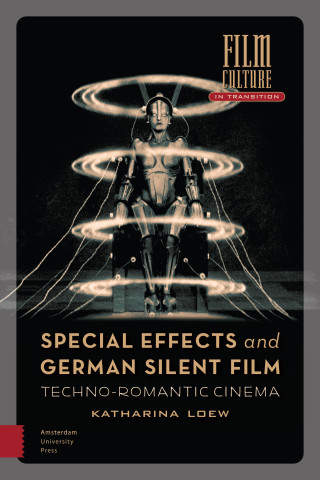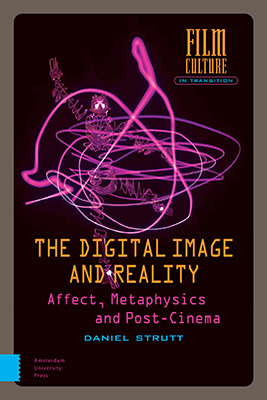The media technologies that surround and suffuse our everyday life profoundly affect our relation to reality. Philosophers since Plato and Aristotle have sought to understand the complex influence of apparently simple tools of expression on our understanding and experience of the world, time, space, materiality and energy. The Digital Image and Reality takes up this crucial philosophical task for our digital era.
This rich yet accessible work argues that when new visual technologies arrive to represent and simulate reality, they give rise to nothing less than a radically different sensual image of the world. Through engaging with post-cinematic content and the new digital formats in which it appears, Strutt uncovers and explores how digital image-making is integral to emergent modes of metaphysical reflection - to speculative futurism, optimistic nihilism, and ethical plasticity. Ultimately, he prompts the reader to ask whether the impact of digital image processes might go even beyond our subjective consciousness of reality, towards the synthesis of objective actuality itself.

